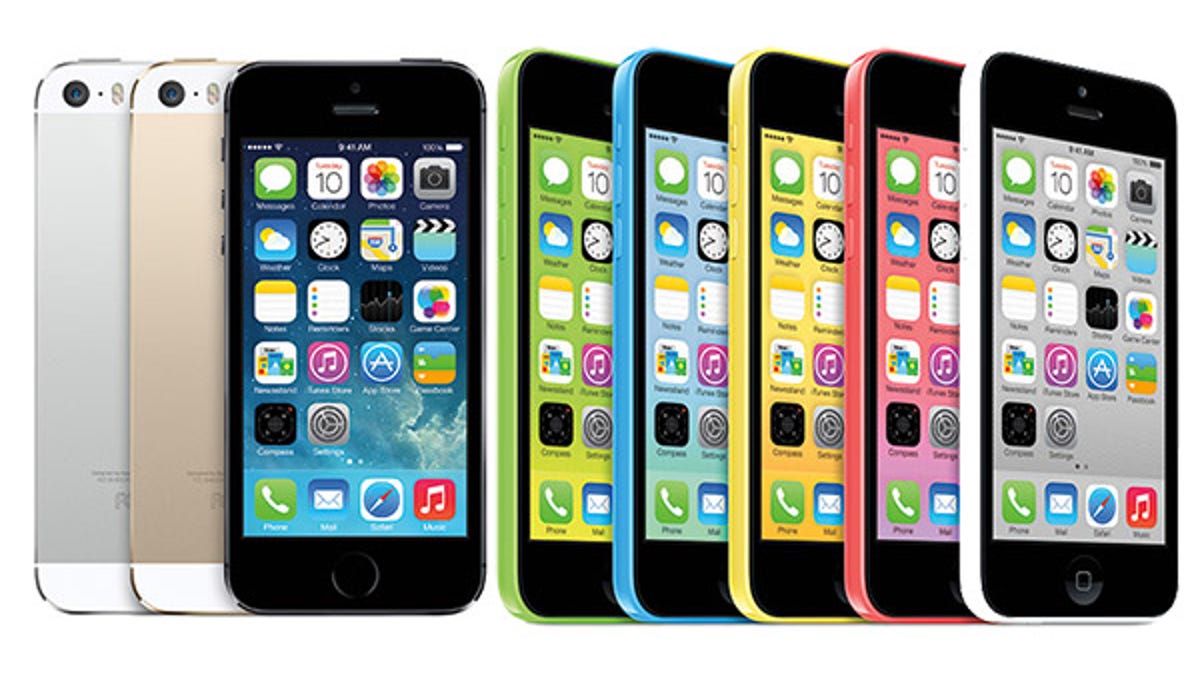Apple wins patent for curved touch-screen design
The patent describes methods to more efficiently and effectively make curved displays for smartphones and other devices.

Apple seems to have its eye on the curved display market, at least as evidenced by a newly awarded patent.
Granted Tuesday by the US Patent and Trademark Office, a patent dubbed simply "Curved touch sensor" outlines a technical process to achieve higher-quality curved displays. Current sensor displays are typically very thin, so thin that their components can sometimes be damaged during the fabrication process. Apple has a way around that.
The patent suggests placing a thin film over a flexible substrate while the substrate is flat. This new pattern is then joined to a flexible substrate. A high level of heat is applied, allowing the substrate to be manipulated into a curved state without warping or other defects.
The resulting sensor display can be thinner than the traditional flat-substrate design and offer a higher degree of sensitivity. The technology would fit most naturally into a smartphone, but Apple also sees its use in touchpads, mice, and other devices.
Here's a technical description of the display manufacturing from Apple's patent:
A method of forming a curved touch surface is disclosed. The method can include depositing and patterning a conductive thin film on a flexible substrate to form at least one touch sensor pattern, while the flexible substrate is in a flat state. According to certain embodiments, the method can include supporting the flexible substrate in the flat state on at least one curved forming substrate having a predetermined curvature; and performing an anneal process, or an anneal-like high-heat process, on the conductive thin film, wherein the anneal process can cause the flexible substrate to conform to the predetermined curvature of the at least one curved forming substrate. According to an embodiment, the curved forming substrate can include a first forming substrate having a first predetermined curvature and a second forming substrate having a second predetermined curvature complementing the first predetermined curvature.
Samsung and LG have both already dipped their toes into the market for phones with curved displays. Samsung's Galaxy Round bows horizontally, while the LG G Flex is curved vertically and includes a self-healing feature that reportedly can fix scratches in mere seconds.
(Via AppleInsider)

